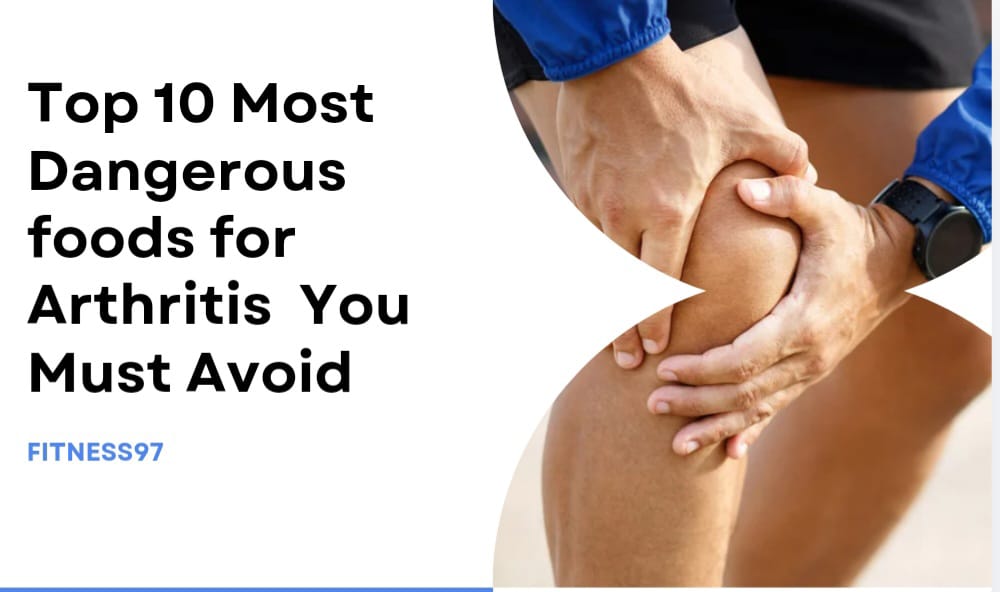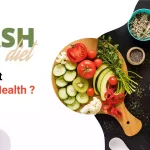Food safety is a critical aspect of food preparation and storage, with food cooling being one of its vital components. The process of safely cooling foods involves reducing the temperature of hot foods promptly and efficiently to prevent the growth of harmful microorganisms that may lead to foodborne illnesses.
Rapid and correct cooling prevents the growth of harmful bacteria, protecting us from potential diseases. The procedures prevent foodborne illnesses, ensuring the health and safety of everyone consuming the food.
However, despite knowing the importance, people are used to traditional cooling methods. This is also because of the lack of information about the alternatives.
To address this once and for all, the article is going to answer what is the best alternative to safely cooling foods. We will also see first the problems that arise when using traditional cooling methods.
Problems with Traditional Food Cooling Methods
Traditional food cooling methods, like placing hot food directly into the refrigerator or freezer, are often used due to their convenience. However, these methods come with several potential issues that can compromise both the safety and quality of food.
One major issue with traditional cooling methods is their inefficiency in cooling large amounts of food quickly. Refrigerators and freezers are designed to keep cold food cold, not cool hot food rapidly. When a large pot of hot food is placed in the fridge, the outer layer cools relatively quickly, but the heat from the middle of the pot takes a longer time to escape. This leads to uneven cooling, allowing harmful bacteria to multiply.
In addition, introducing hot food into a refrigerator or freezer can raise the appliance’s internal temperature, putting other stored food at risk. This temperature fluctuation can promote bacterial growth not only in the cooling food but also in other items stored in the refrigerator.
Best Alternative Methods for Safely Cooling Foods
Recognizing the limitations of traditional cooling methods, alternative techniques have emerged to provide safer and more efficient ways to cool food rapidly. These methods focus on minimizing the time food spends in the danger zone and ensuring that harmful bacteria do not get the opportunity to multiply and contaminate the food.
1: Rapid Chilling
Rapid chilling involves using specialized equipment designed to cool food quickly. Blast chillers and commercial refrigeration units are commonly employed in restaurants and food processing facilities. These appliances can cool hot food from its cooking temperature to a safe storage temperature in a fraction of the time it takes traditional refrigeration.
2: Blast Freezing
Blast freezing is a method often used in industrial settings, especially in large-scale food production and distribution. It entails subjecting food to extremely low temperatures within a short period, which freezes the food quickly.
By freezing rapidly, the formation of large ice crystals is reduced, preventing damage to the food’s structure and preserving its quality. This technique is commonly used for freezing fruits, vegetables, and seafood for later use.
3: Ice Water Baths
A simpler solution you can do at home is an ice water bath. This method involves placing hot food in a container, which is then submerged in a larger container filled with ice and water. Remember to stir frequently for even cooling.
4: Ice Paddles
Ice paddles are another option. Large plastic paddles are filled with water and frozen, then used to stir hot food, cooling it down effectively.
5: Evaporative Cooling
Evaporative cooling is a method suitable for hot, dry climates or settings with limited access to conventional cooling equipment. In this method, hot food is covered with a moist cloth or towel, and a fan is used to blow air over the surface. As the moisture evaporates, it draws heat from the food, cooling it down.
While this method may take slightly longer than others, it still provides an effective way to safely cool food without the need for specialized equipment.
Factors to Consider when Choosing Cooling Methods
When choosing a cooling method for food, several factors must be considered. These include the type and quantity of food, available equipment, climate, and time constraints.
Additionally, adherence to food safety regulations and the preservation of food quality are essential considerations. Understanding these factors ensures safe and effective food cooling, preventing bacterial growth and maintaining food quality.
Conclusion
Safely cooling food is crucial, but traditional methods may not be the best. Alternative methods like rapid chilling, blast freezing, ice water baths, and others offer improved safety, quality, and energy efficiency. So, why not try them out? After all, our food and health are worth it!













